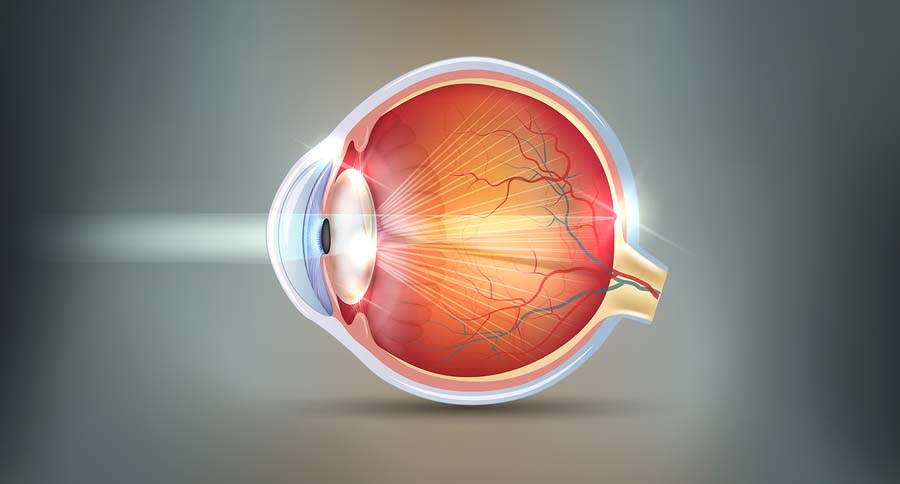Cataract Overview




A cataract is a progressive clouding of the lens of the eye. The cloudy lens blocks and reflects light entering the eye, causing a variety of vision symptoms.
Cataracts are the most common cause of vision loss in people over 40, and the most common cause of blindness worldwide. All humans develop cataracts over time, although they mature at different rates in different people.
Common symptoms of cataract are nighttime glare, decreased vision in low light, and blurry vision for distance or near tasks. Other symptoms may include daytime glare and double ghost images. Some patients with cataracts may feel that their glasses or contacts do not fully correct their vision.
Cataracts are treated with cataract surgery, which is the most common surgery worldwide. Using modern technology, the surgery usually takes about 20 minutes, and visual recovery is typically very quick.
After removal of a cataract, an intraocular lens is placed in the eye. This lens corrects a patient’s vision, and in some cases can make them less reliant on glasses and contacts. Specialty lenses called Toric and Multifocal lenses are available for patients with high levels of astigmatism, or patients wishing to lessen their need for reading glasses.
Many patients choose to have laser cataract surgery, which may further enhance the results by correcting astigmatism, and assists the surgeon with several parts of the surgery.
Your surgeon can advise you if are a candidate for laser cataract surgery or specialty intraocular lenses during your cataract consultation.
